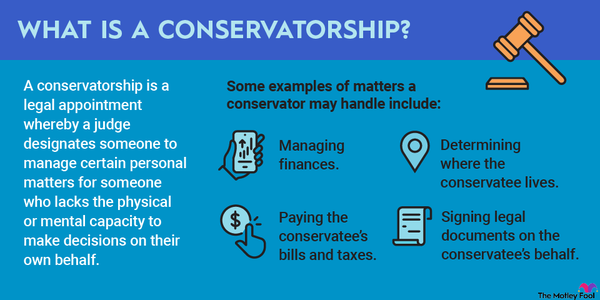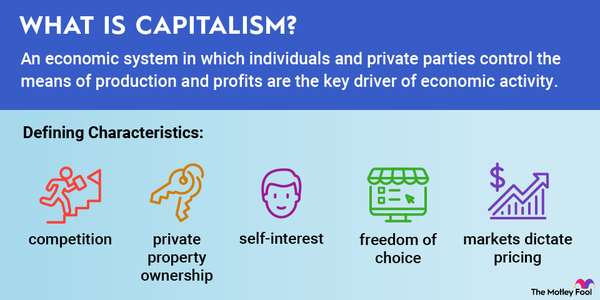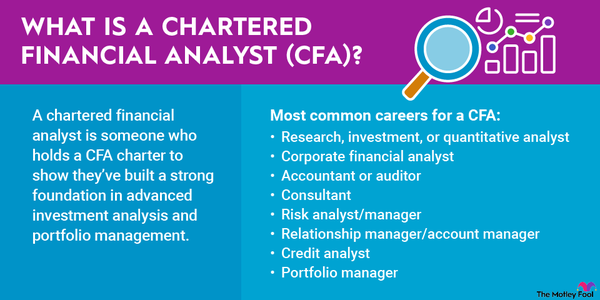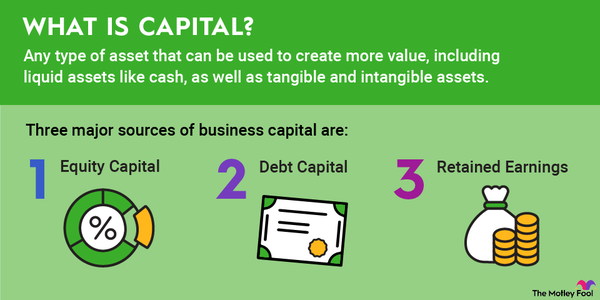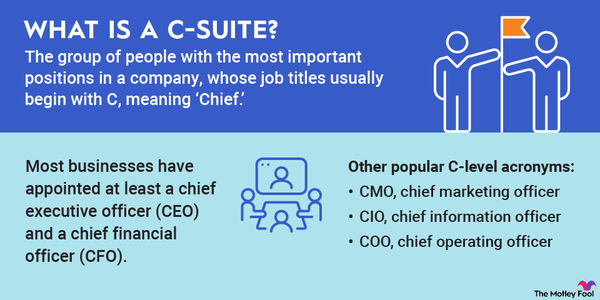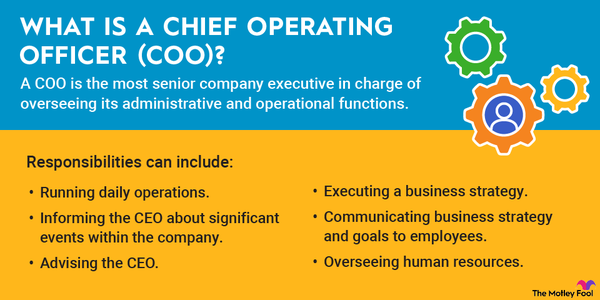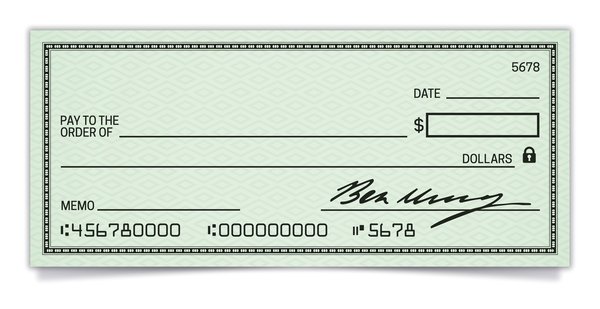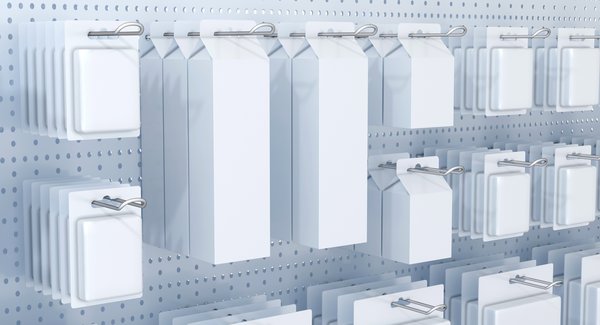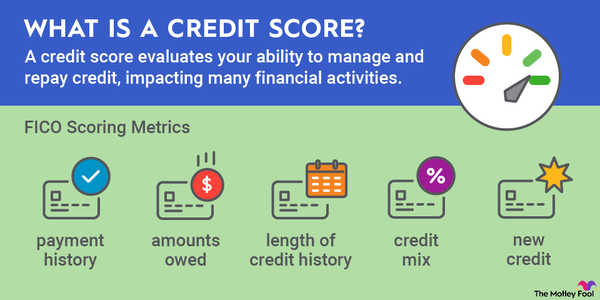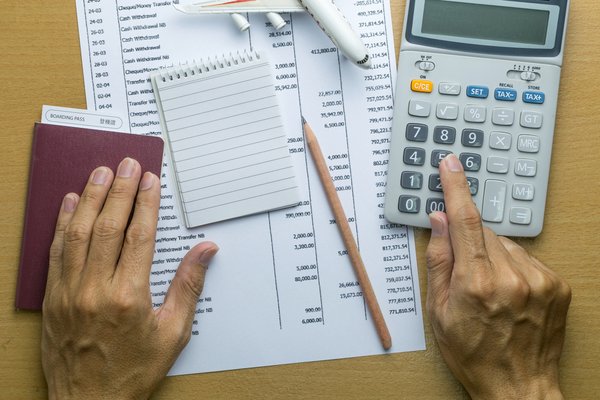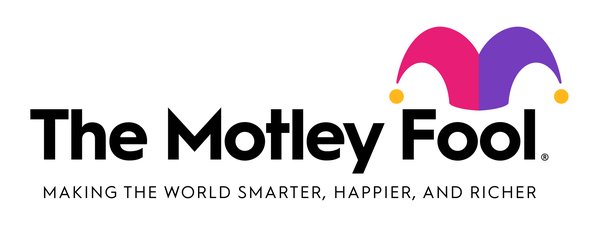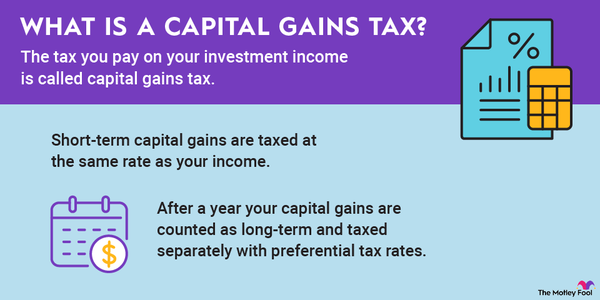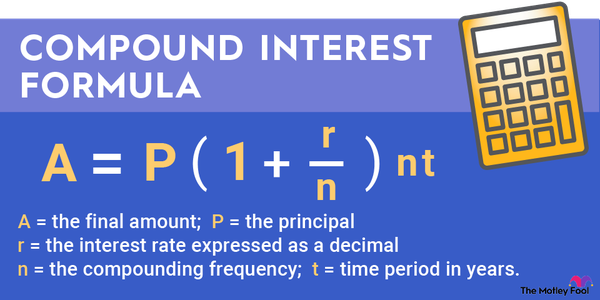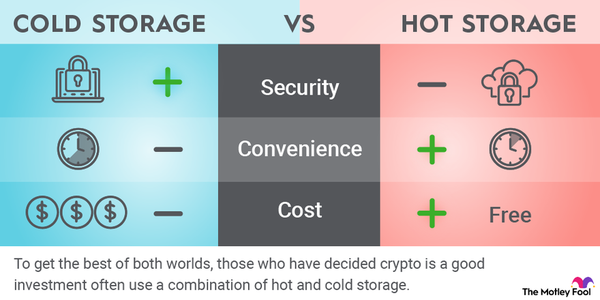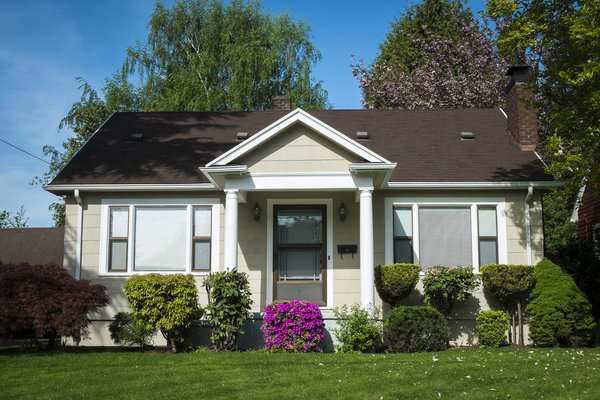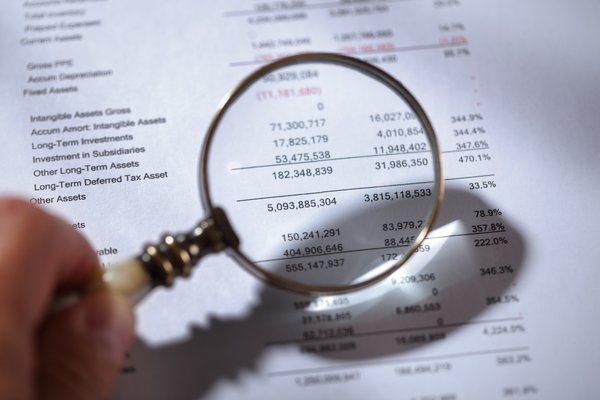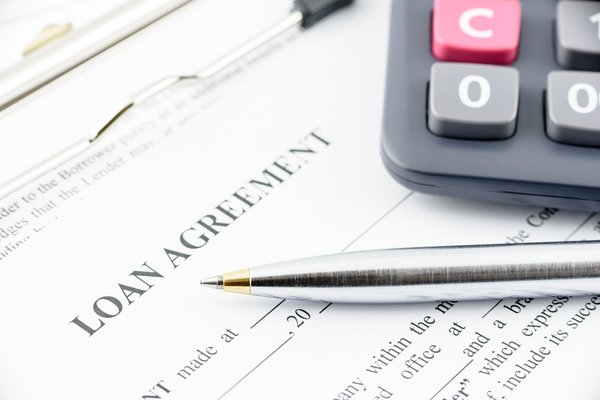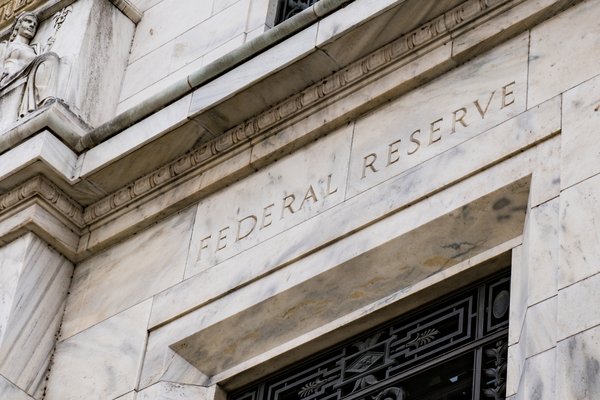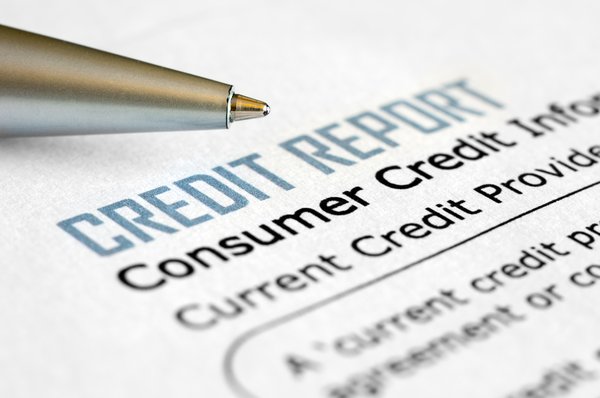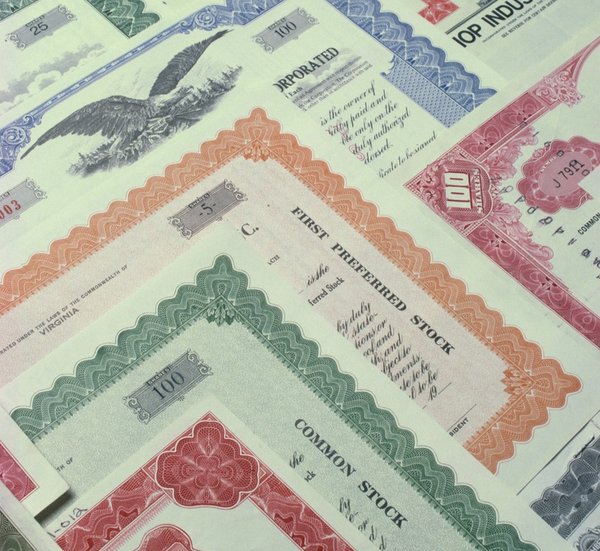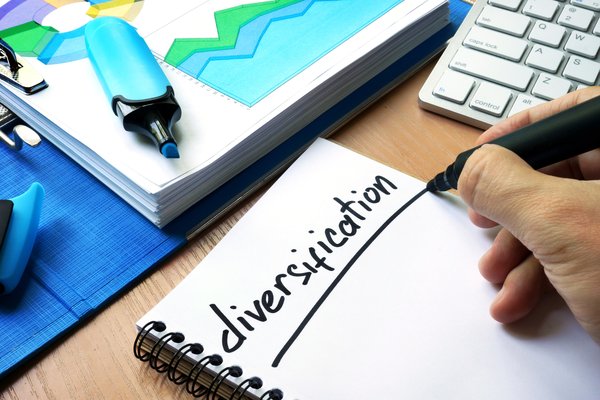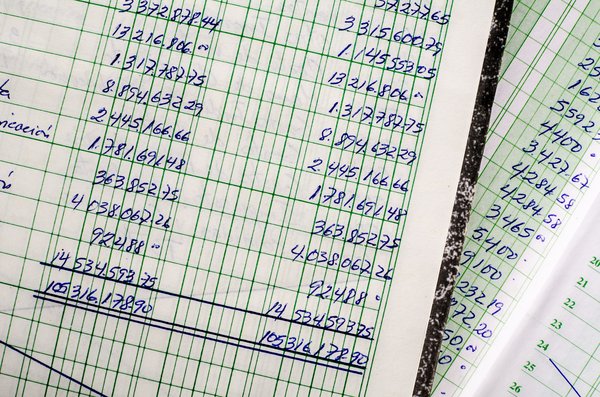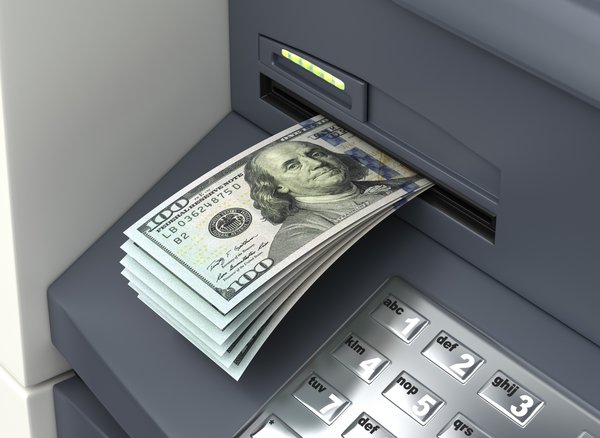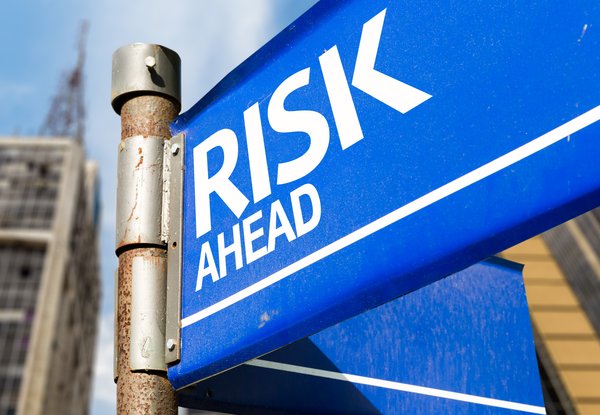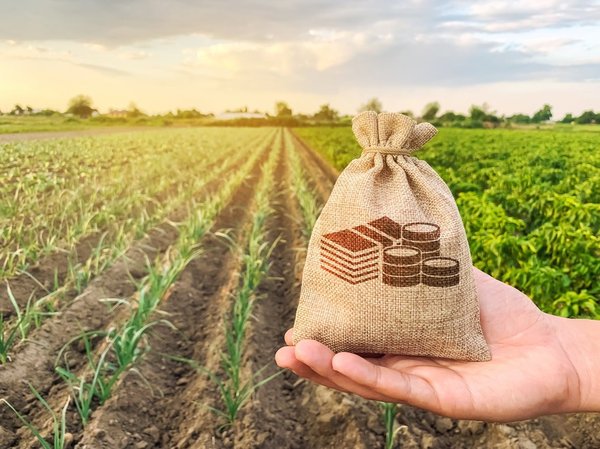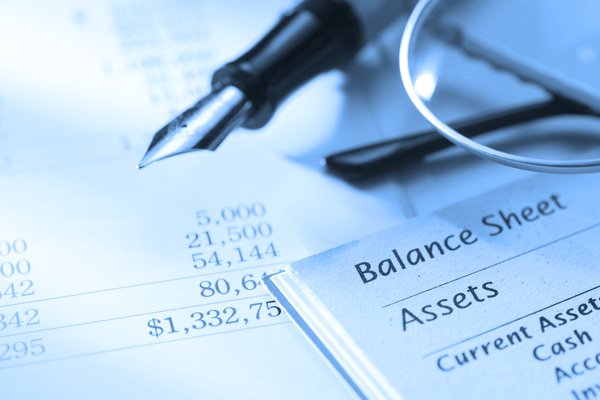Boxer Mike Tyson once observed that everyone has a plan until they get hit in the face. His axiom holds true in business as well, including real estate development. Just as boxing matches result in being hit in the face, many projects result in delays and cost overruns. Because of the risks, developers often create a contingency reserve. We’ll tell you about how they’re created, how they’re used, and why they’re important.

Overview
What is a contingency reserve?
Everyone needs an emergency fund. It’s true for households, true for businesses, and especially true for companies that are developing a new product, new service, or new real estate. A contingency reserve is like an emergency fund, except it's for a very specific purpose.
When a project runs over budget or past a schedule, the culprits usually involve time, money, or a combination of both. A contingency reserve sets aside money to cover unanticipated budget-busting costs for a particular project.
As a general rule, contingency reserves are more of a must-have than a nice-to-have for major construction projects. Lenders often risk millions -- or, in some rare cases, even billions -- on major projects. A contingency reserve of 5% to 10% of estimated costs can mitigate, if not cover, cost overruns.
Contingency reserves are generally more comprehensive in nature than schedule reserves. A schedule reserve only accounts for time-related delays, such as those caused by inclement weather or supply chain delays. A contingency reserve covers the total costs of a construction or project hiccup, whether related to time or costs.
How to calculate
Calculating contingency reserves
If a developer already knew the total costs of project overruns or delays, there wouldn’t be much of a need for a contingency reserve. That's why calculating the value of a contingency reserve involves guesswork. There is a trio of methods for developing a contingency reserve:
- Flat rate: Experience is a big part of developing a flat-rate contingency reserve. Experienced developers can estimate the average costs of overruns and delays based on previous projects and apply them to the value of a current or future project. If a developer typically suffers a 10% cost overrun on projects and has a $10 million project, they might want to set aside $1 million in a contingency reserve.
- Mixed rate: A mixed-rate contingency reserve is a more precise estimate that breaks the costs of a project into components. Instead of calculating a contingency reserve based on the entire cost of the project, a mixed-rate approach would examine different elements of the project, such as labor and materials costs. If materials costs make up 60% of a $10 million project’s budget, then an appropriate mixed-rate contingency reserve might consist of $600,000 for extra materials and $400,000 for extra labor costs.
Related investing topics
Related investing topics
- Expected monetary value: The expected monetary value (EMV) calculation assigns a probability to individual components of a project. For example, the best estimate for the cost of concrete for a project might be $650,000. But there’s also a 35% chance that concrete costs will rise to $750,000. There’s only a 15% chance that the cost of concrete will fall to $550,000. Multiplying each potential cost by its probability yields a total of $670,000 for concrete:
15% * $550,000 = $82,500
50% * $650,000 = $325,000
35% * $750,000 = $262,500
The total budget for concrete would be $82,500 + $325,000 + $262,500, or $670,000; an appropriate contingency reserve for the concrete might be 10%, or $67,000 of the total contingency reserve.







